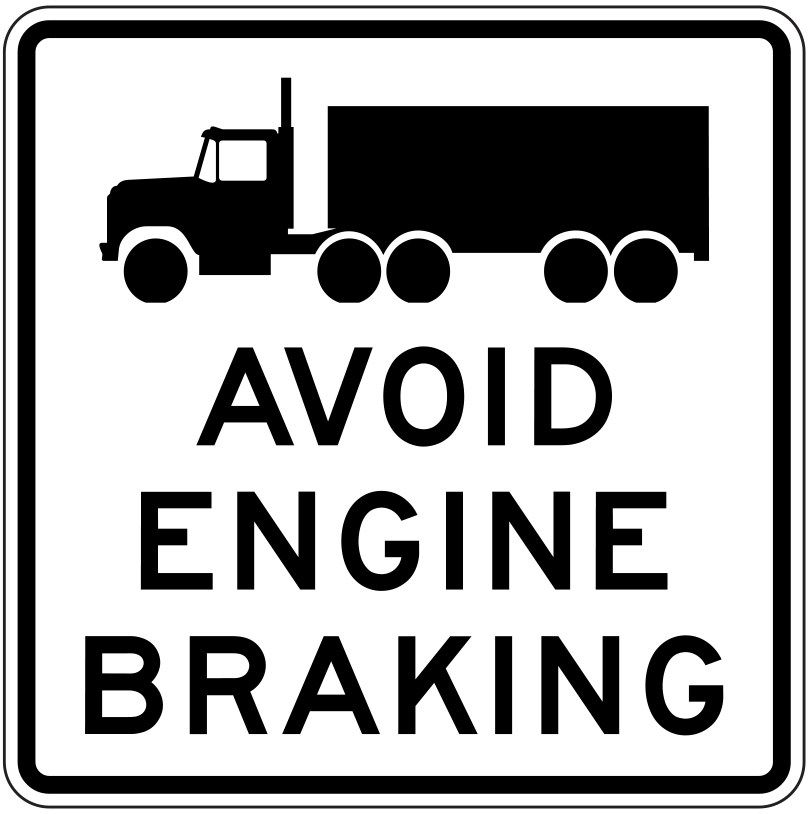nfitz
Superstar
I did expect them to be able to turn around in about 2-3 minutes at one end of the line - with step back crewing.You expect them to reliably turn the trains around in 2 minutes? Good luck with that.
Trains are given a 8 minute layover at Union, and 17 minutes at Pearson.
I'm curious what the standards are in Europe, per se, for turn-arounds.
I wonder if the original equipment purchase was predicated on only using 4 trainsets at once. It seems to me they should have ordered 21 cars, not 18 for a 15-minute service.
